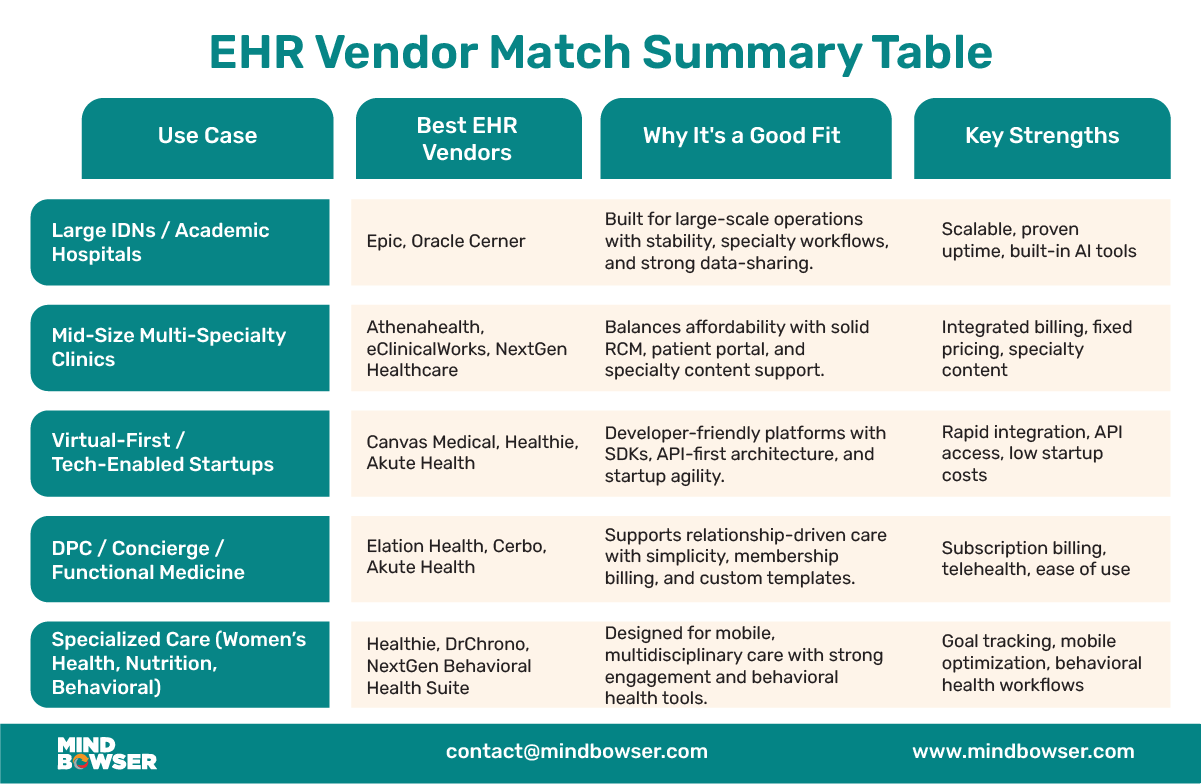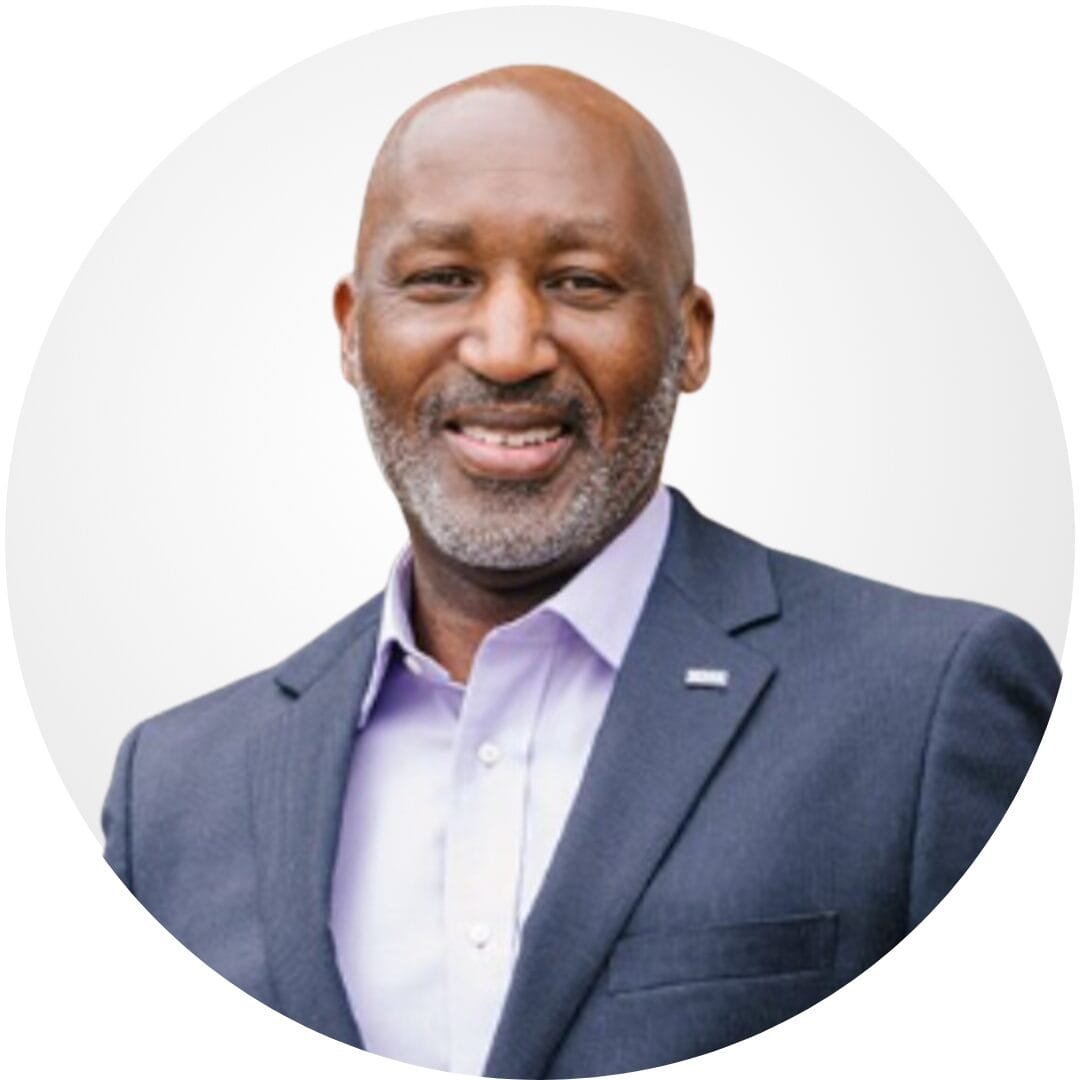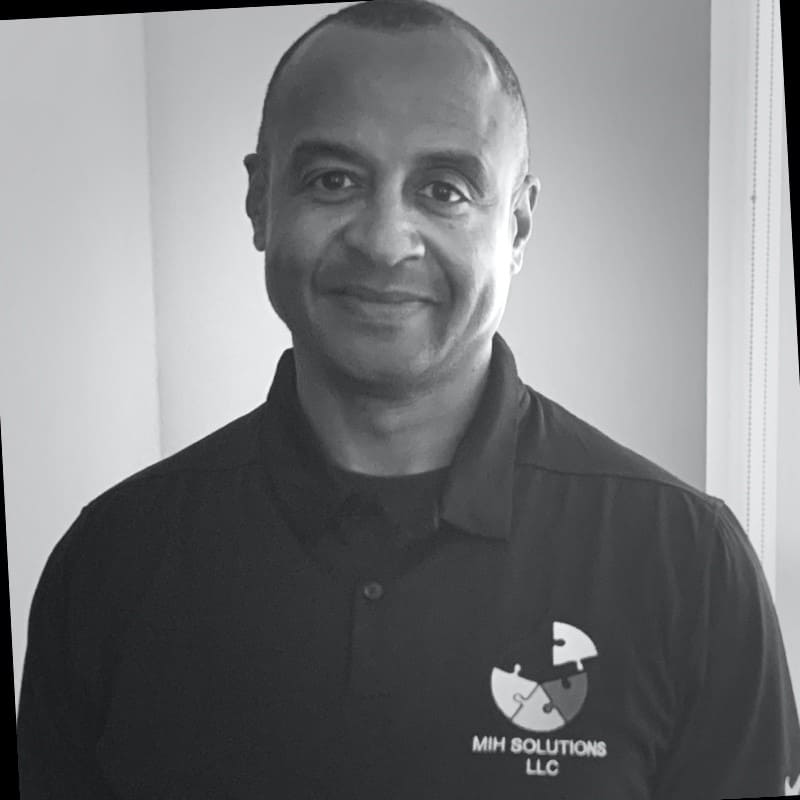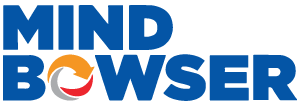The EHR market in 2025 isn’t just about features—it’s about fit. While the “big three” (Epic, Oracle Cerner, and Athenahealth) continue to dominate large hospital networks, an entire class of EHRs now caters to independent practices, specialty clinics, and virtual care startups with very different needs.
Here’s how today’s vendor landscape breaks down:
Coming up next: We’ll break down how to evaluate these systems using a practical 12-point scorecard—and share which EHRs score highest by feature.
Choosing an EHR isn’t about picking the biggest name—it’s about deciding what works for your care model, your tech stack, and your growth plans. In 2025, providers and healthtech leaders are asking sharper questions before making a decision. It’s not just about “can it chart,” but “can it scale with us,” “can it integrate with our tools,” and “will it support AI-based workflows tomorrow?”
Choosing the wrong EHR isn’t just a technical inconvenience—it can be an expensive detour. As David D. Bennett, President & CEO of pCare, noted in our podcast, hospitals have “spent dollars after dollars” cycling through systems that didn’t stick. The stakes are too high for trial and error. You need to get it right the first time—with a system that actually fits.
Here’s a 12-point framework to evaluate any EHR platform. It’s designed for practices ranging from solo clinics to multi-site organizations, and it reflects what matters most in today’s healthcare environment.
EHRs need to talk to other systems. Whether it’s your telehealth stack, your AI tools, or custom patient apps, integration should be painless.
1. Top Performers:
2. What to Ask:
Telehealth is no longer an add-on; it’s now foundational. Look for platforms where virtual care tools are built-in, not bolted on.
1. Top Performers:
2. What to Ask:
We helped a mobile-first platform integrate wearable data with patient records, cutting review time by 60% and boosting engagement—showing the impact of connected health data on clinical efficiency.
Can the EHR handle your growth—from five users to fifty? From a few hundred patients to hundreds of thousands?
1. Top Performers:
2. What to Ask:
In 2025, automation isn’t optional—it’s expected. Whether it’s documentation, coding, or triaging, EHRs should support intelligent workflows.
1. Top Performers:
2. What to Ask:
In one of our podcasts, Herman Lintvelt, CEO and Founder of Augmental Technologies, put it plainly: “The medical knowledge base in the world doubles every 72 days… we need tools that enable clinicians to keep up.”
That pace makes it nearly impossible to rely solely on manual workflows. An EHR that supports built-in AI assistance or allows integration with AI-based tools is no longer just helpful. It’s essential for keeping care teams focused on what matters most: patients.
You should be able to shape your EHR—not fight it.
1. Top Performers:
2. What to Ask:
When you’re ready to switch systems or add new tools, will your data go with you—or stay locked behind?
Hidden fees and licensing traps are still standard in the EHR market.
1. What to Look For:
2. What to Ask:
A great system with poor support can still fail. Consider responsiveness, onboarding time, and training availability.
Fast Movers:

Behavioral health? Functional medicine? DPC? Pediatrics? Ensure the EHR aligns with your core clinical workflows.
The EHR isn’t just for doctors anymore—patients are logging in too.
Look for platforms that include:
HIPAA compliance is baseline—but check for HITRUST, SOC 2, and support for TEFCA or 21st Century Cures Act rules.
Can your EHR exchange data with hospitals, laboratories, or national health networks?
The EHR buying decision used to be about picking a vendor and living with it for a decade. That’s no longer the case. In 2025, healthcare organizations are prioritizing systems that offer flexibility, faster implementation, and alignment with their clinical workflows—not just compliance checkboxes.
Let’s break down the trends shaping how practices now evaluate and choose EHRs:
Traditional EHRs were built as massive systems covering every department, workflow, and feature under one roof. That model still works for large hospital systems, but it’s far less practical for newer care models.
What we’re seeing now is a shift toward composable systems—platforms that allow practices to assemble the specific tools they need and then connect them via modern APIs.
This shift matters because it allows clinics to evolve their workflows as they grow—without needing to rip and replace core systems.
Related read: Integration with EHR Systems: A Complete Guide for Healthcare Providers
Today’s care models often require coordination between EHRs, billing systems, telehealth tools, labs, and engagement platforms. That means APIs aren’t a nice-to-have anymore—they’re essential infrastructure.
Compare that with older systems that may support FHIR on paper but require long approval processes, expensive interface fees, or outdated protocols that slow innovation.
Buyers are no longer asking whether AI is in the roadmap—they want to know what’s already live.
Rather than waiting for vendors to catch up, buyers want platforms that let them deploy their own AI models—or plug in trusted third-party tools with minimal overhead.
This matters because AI is now touching everything from triage to note-taking to patient engagement. EHRs that can’t support that will fall behind quickly.
More clinics today are asking: “What happens to our data if we leave?” In the past, data migration was painful—sometimes even used as a vendor lock-in tactic.
Now, with federal rules enforcing interoperability and data access under the 21st Century Cures Act, buyers expect:
Vendors like Canvas, Healthie, and Cerbo stand out for offering transparent access policies and developer documentation that support real-time data portability.
Too many EHRs have been sold on having “all the features”—but not all features are useful. What clinics care about now is whether the software aligns with their workflow.
There’s a growing realization that most practices don’t need 200 features—they need 5 features that work in sync.
Following the model of app stores, some EHRs now support third-party plugins, allowing providers to add functionality without waiting on the vendor.
These ecosystems allow practices to extend the platform as their care models mature.
The EHR is no longer the whole solution. It’s the anchor. Practices expect their EHR to be interoperable, customizable, and aligned with their team’s way of working—not just the vendor’s way of building software.
Looking ahead, the EHRs that survive and grow will be the ones that move with care delivery, not the ones that try to freeze it in place. Many of the changes we’re seeing now are just the early signs of a much larger shift.
By 2030, healthcare organizations, whether small independent practices or large multisite groups, should expect far more from their EHR vendors than they do today.
Here’s what that future is shaping up to look like:
By the end of the decade, national interoperability standards like TEFCA (Trusted Exchange Framework and Common Agreement) will no longer be optional. Vendors who aren’t fully compliant will be seen as out of step with modern regulations and risky for long-term use.
We’re moving toward a future where AI isn’t just a tool; it’s a teammate. That means every step of the provider workflow will start to include automation:
Epic, Athenahealth, and NextGen have already begun rolling out these features. Startups like Canvas and Healthie are betting on modular tools that enable clinics to develop or integrate their models.
AI won’t replace clinical judgment, but it will handle repetitive documentation and task routing in a way that saves providers real time.
The old model of per-provider licensing doesn’t always fit modern clinics—especially those with hybrid or virtual-first models, where visit volumes fluctuate from month to month.
Vendors are responding:
Expect a shift toward transparent, flexible pricing—especially for startups and small practices that need predictable costs without overpaying.
Just as smartphones gave us app stores, EHRs are moving toward ecosystems. That means you won’t be stuck with whatever tools the vendor built—you’ll be able to pick what works for you.
These ecosystems will create more agility for clinics—especially those that need to offer new services or adopt new tools without overhauling their core system.
Most current EHRs force you to follow a single layout and workflow. However, as care delivery becomes increasingly personalized—across in-person, virtual, asynchronous, and group formats—EHRs will need to follow suit.
This is about usability. The fewer screens and tabs providers have to toggle through, the more time they get back for actual care.
Traditional EHRs were organized around modules, including medications, labs, and scheduling. But real care delivery doesn’t happen in those silos.
By 2030, the leading EHRs will shift to workflow-based logic. Think:
Healthie is already built around the concept of care journeys. Canvas enables custom workflows for startups developing innovative care models—such as longitudinal behavioral health or subscription-based primary care.
This change is fundamental. It moves the EHR from a record-keeping system to a workflow engine.
In short: The next generation of EHRs won’t just store patient data; they’ll organize, automate, and act on it. Practices that choose platforms ready for that shift will stay ahead of both regulatory change and patient expectations.
Not every practice needs the same system. A large academic hospital doesn’t face the same challenges as a direct primary care clinic. A telehealth startup focused on women’s health will look for different things than a multi-specialty group with ten locations.
So instead of ranking EHRs in general, here’s a practical breakdown by use case—based on vendor strengths, implementation patterns, and real-world fit.
1. Best Fit:
2. Why:
Epic and Cerner remain the go-to solutions for organizations managing complex, large-scale operations. Epic is widely adopted across IDNs, offering stability, thousands of specialty-specific workflows, and unmatched data-sharing capabilities via Care Everywhere. Cerner—now backed by Oracle—delivers broad interoperability and federal system alignment, with slightly lower base costs for similar capabilities.
3. Key Differentiators:
1. Best Fit:
2. Why:
These platforms strike a balance between affordability and function. Athena provides excellent RCM support, a robust patient portal, and reliable uptime across large ambulatory networks. eClinicalWorks appeals to clinics that want a fixed monthly price that includes cloud hosting, disaster recovery, and full EHR plus PM functionality. NextGen stands out in behavioral health and community clinic environments with specialty-specific content.
3. Ideal For:


1. Best Fit:
2. Why:
These are developer-friendly platforms designed to enable healthtech startups to move quickly. Canvas is the most customizable—it offers a complete SDK, supports building apps on top of the EHR, and is already trusted by companies delivering novel care models. Healthie combines scheduling, messaging, billing, telehealth, and tracking tools into a single UI—ideal for wellness, behavioral health, and coaching-focused organizations. Akute, backed by Y Combinator, is a lightweight, flexible, and cost-effective solution—perfect for early-stage teams.
3. Good To Know:
1. Best Fit:
2. Why:
For practices that thrive on patient relationships, administrative simplicity is crucial. Elation has an intuitive layout that primary care doctors often say “just works.” Cerbo is purpose-built for functional and concierge practices—it supports membership billing, reusable note templates, supplement tracking, and integrations with specialty labs. Akute also fits here, especially for lean DPC clinics that want automation without large upfront costs.
3. Strengths:
1. Best Fit:
2. Why:
Healthie is designed for longitudinal, multidisciplinary care—combining engagement tools like goal tracking, diet logs, and wearable integration with scheduling and billing. DrChrono is a top pick for mobile-first practices using iPads and iPhones in-clinic or on the go. NextGen’s behavioral health suite (ranked Best in KLAS) supports integrated workflows for both physical and mental health.
3. Real-World Application:
For example, we helped a women’s health platform build HIPAA-compliant fertility workflows that included scheduling, intake questionnaires, and multi-role portals—streamlining both patient experience and clinical coordination.
Switching or adopting a new EHR is not just an IT project—it’s a business decision that affects clinical workflow, staffing, billing, and ultimately patient care. And while most providers enter the selection process with good intentions, a few avoidable missteps keep arising.
If you’re in the market for an EHR in 2025, here are four common mistakes that cost clinics time, money, and morale.
It might seem tempting to let only the clinical or admin team drive EHR selection, especially in smaller practices. However, today’s EHRs are more technologically advanced than ever.
Many platforms now rely heavily on APIs, webhooks, and integration layers. Without input from your developer or tech partner, you may select a system that appears good on the surface but becomes a bottleneck when it’s time to integrate with your app, lab, or CRM.
Real Example:
Several healthtech startups report struggling with Athena’s development onboarding delays, not because the system lacks functionality, but because API keys and sandbox environments can take weeks to be unlocked.
Avoid This:
Incorporate technical stakeholders from the outset. Ask vendors to provide dev documentation, access to sandboxes, and a clear integration roadmap during the evaluation phase.
A low sticker price doesn’t always mean a low cost. Some platforms charge extra for features like telehealth, API access, support, or backup services. Others may advertise per-user pricing but lack the necessary billing tools—forcing you to purchase a third-party solution later.
Good Example:
eClinicalWorks offers flat-rate pricing that includes cloud hosting, disaster recovery, and support—removing surprises later. Cerbo’s month-to-month pricing is predictable, and Akute offers usage-based tiers with no charge for inactive patients.
Avoid This:
Ask vendors:
EHRs that don’t support automation now will slow you down in the future. Whether you’re looking to eliminate double entry, reduce time on notes, or automate follow-ups, the EHR needs to be built to connect with AI tools—or better yet, offer them out of the box.
Emerging Leaders:
Avoid This:
Ask yourself whether your EHR can grow with your automation strategy. If you’re planning to introduce agents for triage, coding, or scribing in the next 12–18 months, your EHR has to be compatible now—not later.
Many platforms claim to be HIPAA compliant. But if you’re planning on building something serious—especially with federal grants, large contracts, or payers involved—you’ll need deeper proof.
Watch For:
Good Example:
Canvas, Healthie, and Cerner all hold advanced certifications. Epic’s long-standing compliance infrastructure makes it a reliable choice for systems with stringent IT governance requirements.
Avoid This:
Ensure your vendor’s compliance posture aligns with your current needs and future objectives.
In summary:
Choosing an EHR isn’t just about features—it’s about the full picture: your workflow, your tech stack, your billing model, and your regulatory environment. Avoiding these four mistakes will save you from buying the wrong system for the right reasons.
Whether you’re a digital health founder building your first MVP, a provider group scaling across multiple locations, or a health system trying to integrate multiple tools into a single workflow, getting the EHR right is foundational.
At Mindbowser, we’ve worked with startups, clinics, and enterprise healthcare organizations across the U.S. to build, integrate, and scale compliant healthcare systems that fit the way teams work.
Here’s how we can help.
Integrating with Epic, Cerner, Athena, or other major EHRs can be a time-consuming task if you’re doing it solo. Our HealthConnect CoPilot significantly reduces that timeline.
Whether you’re building a new digital health product or syncing with an existing hospital EHR, HealthConnect CoPilot helps you go live faster with fewer integration headaches.
Sometimes, an off-the-shelf EHR just doesn’t match how you deliver care. We help clients build EHR-adjacent applications that solve specific workflow gaps without compromising security or compliance.
All are built to meet HIPAA, SOC 2, and 21st Century Cures Act requirements.
We’ve done this for clients launching behavioral health platforms, home rehab systems, and AI-based clinical tools used in live patient care.
AI is only as good as the system it works with. If your EHR or platform isn’t ready to ingest, route, and act on AI output, you’ll end up doing manual rework anyway.
We build the backend and automation layer to:
From agent-based care workflows to ambient documentation tools, we help healthcare teams operationalize AI—without waiting on vendors to catch up.
We’ve supported customers across the spectrum:
We don’t just build apps—we make what your care delivery model needs next.

In 2025, there’s no single “best EHR.” What matters is what fits your model—your size, your care approach, your tech needs, and your budget.
For some, that means sticking with proven platforms like Epic or Cerner. For others, especially fast-moving startups and growing practices, it’s about flexibility, automation, and readiness for integration. Systems like Canvas, Healthie, Elation, or Akute are increasingly part of the conversation—not as alternatives, but as right-sized options built for the modern care environment.
The stakes are high. The wrong choice creates friction that slows growth and burns out staff. The right one helps you scale, automate, and deliver better care without workarounds or technical debt.
If you’re ready to move away from outdated workflows—or if you’re starting fresh and want to avoid costly mistakes—our team can help guide the way.
It depends on your use case. Epic EHR and Cerner EHR are best for large systems. Canvas, Healthie EHR, and Akute are strong picks for startups and digital care models. Athenahealth and eClinicalWorks effectively serve mid-sized clinics.
Healthie EHR and Canvas are built for virtual care from day one. They include telehealth, client engagement, and API access—all in one place. Akute is also a solid choice for lean, remote-first teams.
Yes, if your current system can’t support API integrations or AI workflows. Many practices move because their EHRs limit innovation or make automation too difficult.
Costs vary depending on complexity and compliance requirements. Mindbowser has helped clients go live with Epic-integrated tools, FHIR-based platforms, and custom HIPAA-compliant apps within predictable budgets and timelines.
Look for ONC 2015 Edition certification, HIPAA compliance, and—if you work with payers or enterprise clients—SOC 2 Type II and HITRUST.

We worked with Mindbowser on a design sprint, and their team did an awesome job. They really helped us shape the look and feel of our web app and gave us a clean, thoughtful design that our build team could...


The team at Mindbowser was highly professional, patient, and collaborative throughout our engagement. They struck the right balance between offering guidance and taking direction, which made the development process smooth. Although our project wasn’t related to healthcare, we clearly benefited...

Founder, Texas Ranch Security

Mindbowser played a crucial role in helping us bring everything together into a unified, cohesive product. Their commitment to industry-standard coding practices made an enormous difference, allowing developers to seamlessly transition in and out of the project without any confusion....

CEO, MarketsAI

I'm thrilled to be partnering with Mindbowser on our journey with TravelRite. The collaboration has been exceptional, and I’m truly grateful for the dedication and expertise the team has brought to the development process. Their commitment to our mission is...

Founder & CEO, TravelRite

The Mindbowser team's professionalism consistently impressed me. Their commitment to quality shone through in every aspect of the project. They truly went the extra mile, ensuring they understood our needs perfectly and were always willing to invest the time to...

CTO, New Day Therapeutics

I collaborated with Mindbowser for several years on a complex SaaS platform project. They took over a partially completed project and successfully transformed it into a fully functional and robust platform. Throughout the entire process, the quality of their work...

President, E.B. Carlson

Mindbowser and team are professional, talented and very responsive. They got us through a challenging situation with our IOT product successfully. They will be our go to dev team going forward.

Founder, Cascada

Amazing team to work with. Very responsive and very skilled in both front and backend engineering. Looking forward to our next project together.

Co-Founder, Emerge

The team is great to work with. Very professional, on task, and efficient.

Founder, PeriopMD

I can not express enough how pleased we are with the whole team. From the first call and meeting, they took our vision and ran with it. Communication was easy and everyone was flexible to our schedule. I’m excited to...

Founder, Seeke

We had very close go live timeline and Mindbowser team got us live a month before.

CEO, BuyNow WorldWide

Mindbowser brought in a team of skilled developers who were easy to work with and deeply committed to the project. If you're looking for reliable, high-quality development support, I’d absolutely recommend them.

Founder, Teach Reach

Mindbowser built both iOS and Android apps for Mindworks, that have stood the test of time. 5 years later they still function quite beautifully. Their team always met their objectives and I'm very happy with the end result. Thank you!

Founder, Mindworks

Mindbowser has delivered a much better quality product than our previous tech vendors. Our product is stable and passed Well Architected Framework Review from AWS.

CEO, PurpleAnt

I am happy to share that we got USD 10k in cloud credits courtesy of our friends at Mindbowser. Thank you Pravin and Ayush, this means a lot to us.

CTO, Shortlist

Mindbowser is one of the reasons that our app is successful. These guys have been a great team.

Founder & CEO, MangoMirror

Kudos for all your hard work and diligence on the Telehealth platform project. You made it possible.

CEO, ThriveHealth

Mindbowser helped us build an awesome iOS app to bring balance to people’s lives.

CEO, SMILINGMIND

They were a very responsive team! Extremely easy to communicate and work with!

Founder & CEO, TotTech

We’ve had very little-to-no hiccups at all—it’s been a really pleasurable experience.

Co-Founder, TEAM8s

Mindbowser was very helpful with explaining the development process and started quickly on the project.

Executive Director of Product Development, Innovation Lab

The greatest benefit we got from Mindbowser is the expertise. Their team has developed apps in all different industries with all types of social proofs.

Co-Founder, Vesica

Mindbowser is professional, efficient and thorough.

Consultant, XPRIZE

Very committed, they create beautiful apps and are very benevolent. They have brilliant Ideas.

Founder, S.T.A.R.S of Wellness

Mindbowser was great; they listened to us a lot and helped us hone in on the actual idea of the app. They had put together fantastic wireframes for us.

Co-Founder, Flat Earth

Mindbowser was incredibly responsive and understood exactly what I needed. They matched me with the perfect team member who not only grasped my vision but executed it flawlessly. The entire experience felt collaborative, efficient, and truly aligned with my goals.

Founder, Child Life On Call

The team from Mindbowser stayed on task, asked the right questions, and completed the required tasks in a timely fashion! Strong work team!

CEO, SDOH2Health LLC

Mindbowser was easy to work with and hit the ground running, immediately feeling like part of our team.

CEO, Stealth Startup

Mindbowser was an excellent partner in developing my fitness app. They were patient, attentive, & understood my business needs. The end product exceeded my expectations. Thrilled to share it globally.

Owner, Phalanx

Mindbowser's expertise in tech, process & mobile development made them our choice for our app. The team was dedicated to the process & delivered high-quality features on time. They also gave valuable industry advice. Highly recommend them for app development...

Co-Founder, Fox&Fork
